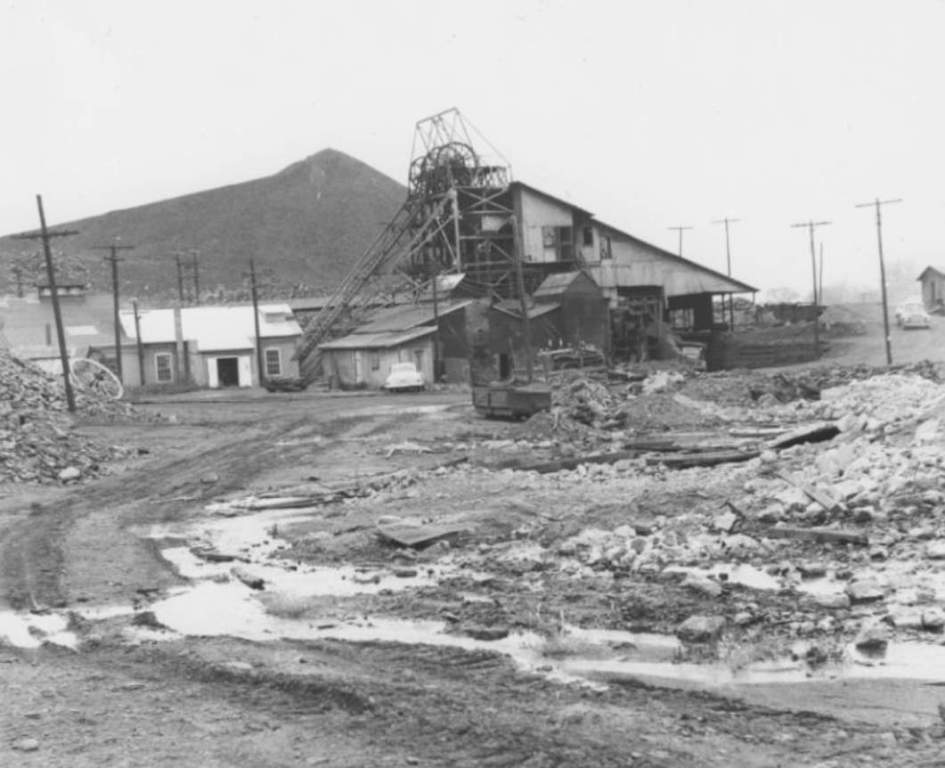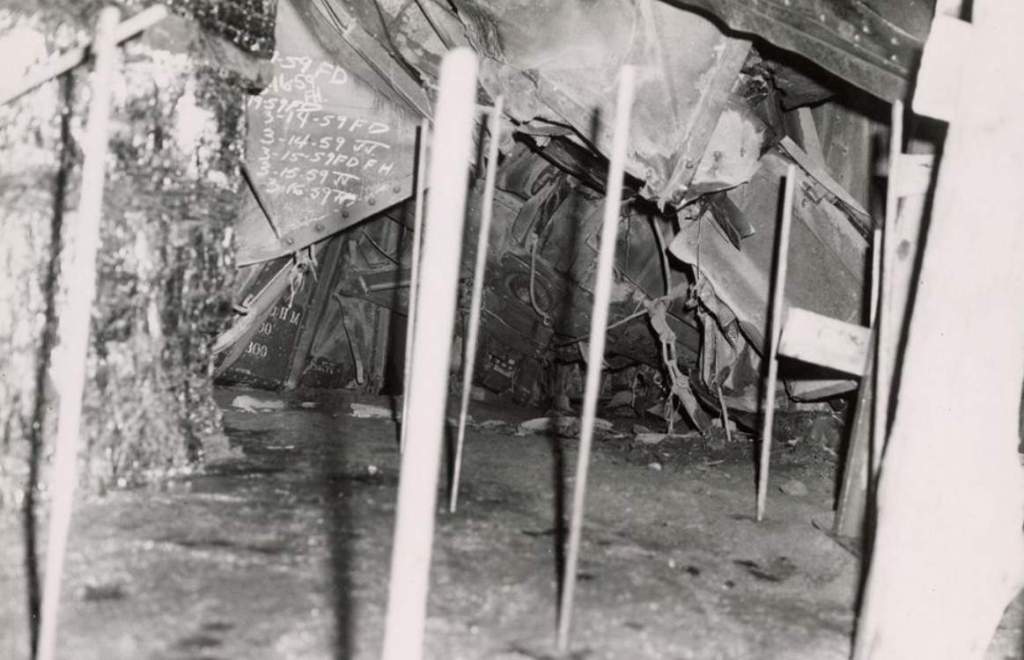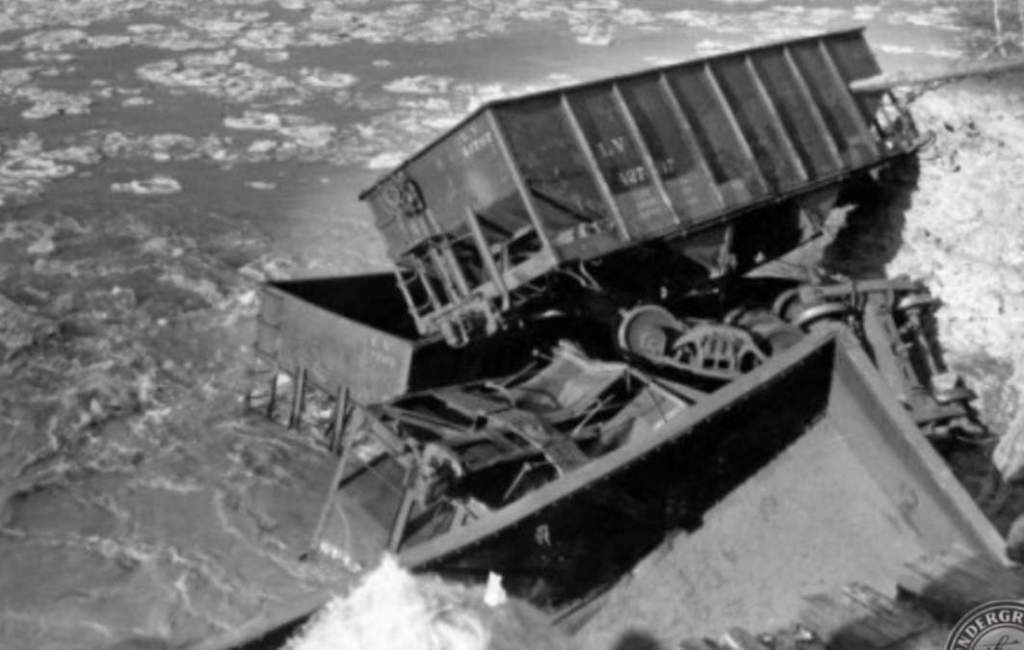Mine disaster at Knox, Jenkins Township, Pennsylvania
Mine disaster is happened on every day in any part of the world. But a unique mine disaster at Knot occurred on January 22, 1959. When Knox Coal Company miners digging under the Susquehanna River in Jenkins Township, Pennsylvania, were looking for coal. They were seeking coal seams that appeared to angle upwards towards the riverbed.
As the authorities had not carried out adequate surveys to determine the thickness of the rocks under the river, the mining company had been forbidden from digging the vein months earlier. However, the miners were pushed to dig closer to the river bottom by company owners. Mine inspectors determined that there were still 35 feet of rocks to go, which were thick enough to support the weight of the river. Between the mine and the river bed, less than six feet of rock remained. The Susquehanna River was only 19 inches away from the miners, according to some.

At around 11:30 a.m. the flood of ice-cold water flooded the tunnels below as the raging Susquehanna river broke through thin rock roofs. It was as if someone had pulled the plug of a bathtub drain as the water draining into the mine created a massive whirlpool. There were 69 miners who managed to escape, but twelve of them died.
The rescuers reached 33 men, including Amedeo Pancotti, after Pancotti climbed 50 feet up the abandoned Eagle Air Shaft and alerted them, which led to their safe recovery. The Carnegie Hero Fund Commission presented him with the Carnegie Medal for Heroism. In addition to Thomas, 26 miners were led to safety by another miner, Myron Thomas.

Immediately after the mine was breached, a team was mobilized to plug the hole between the river bottom and the mine. A railroad track near the accident site was cut and diverted. In an attempt to clog the hole and stop the draining, over 400 mine cars were pushed into the whirlpool by a diesel locomotive. However, the water continued to flow in. The river barely stopped as more materials, such as clay, coal, and rocks, were thrown into it. By building dams at each end of Wintermoot Island, the river was diverted around the island. The hole could be sealed once the water was pumped out between the dams. The hole was filled with clay and rock, and a concrete cap was poured over it. In an attempt to find the missing miners, water was pumped out of the mine, but no bodies were found.

Involuntary manslaughter was found guilty by a grand jury months later, and conspiracy was found guilty by three men. Under the river bottom, illegal excavation exposed corruption among United Mine Workers officials, mine management, and mafia connections. The appeals overturned all of the convictions.
Northeastern mining of anthracite coal was ended by the disaster. As a result of permanent damage caused by the Knox coal mine, nearby mines also closed, causing 7,500 jobs to be lost. Additionally, it led to the creation of new safety laws prohibiting mining very close to water bodies. In memory of the tragedy’s victims, two memorials stand along the Susquehanna River today. Both memorials are located outside the River Slope entrance and the Eagle Shaft where most of the men escaped.
Read More : The Lost Roanoke Colony







